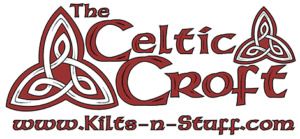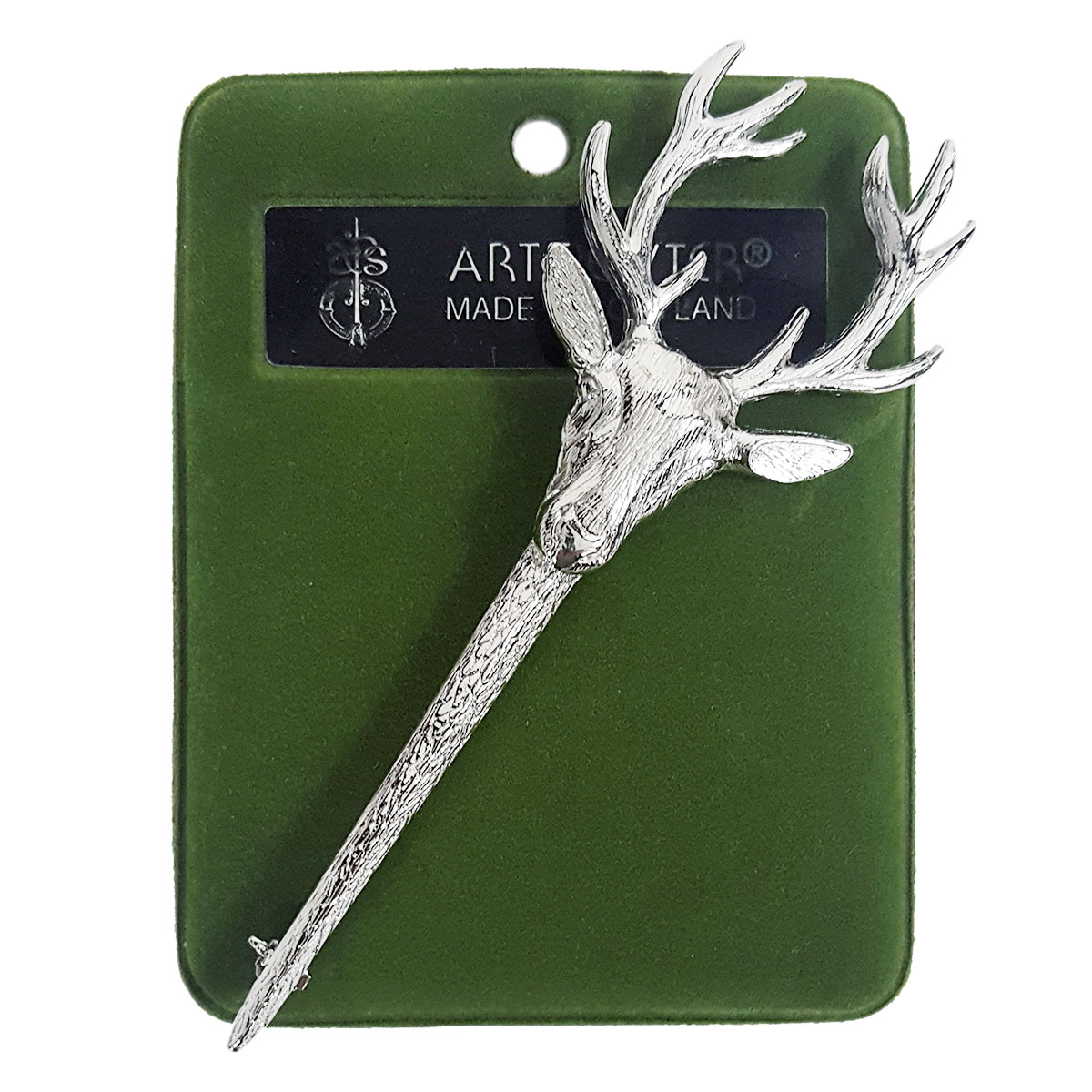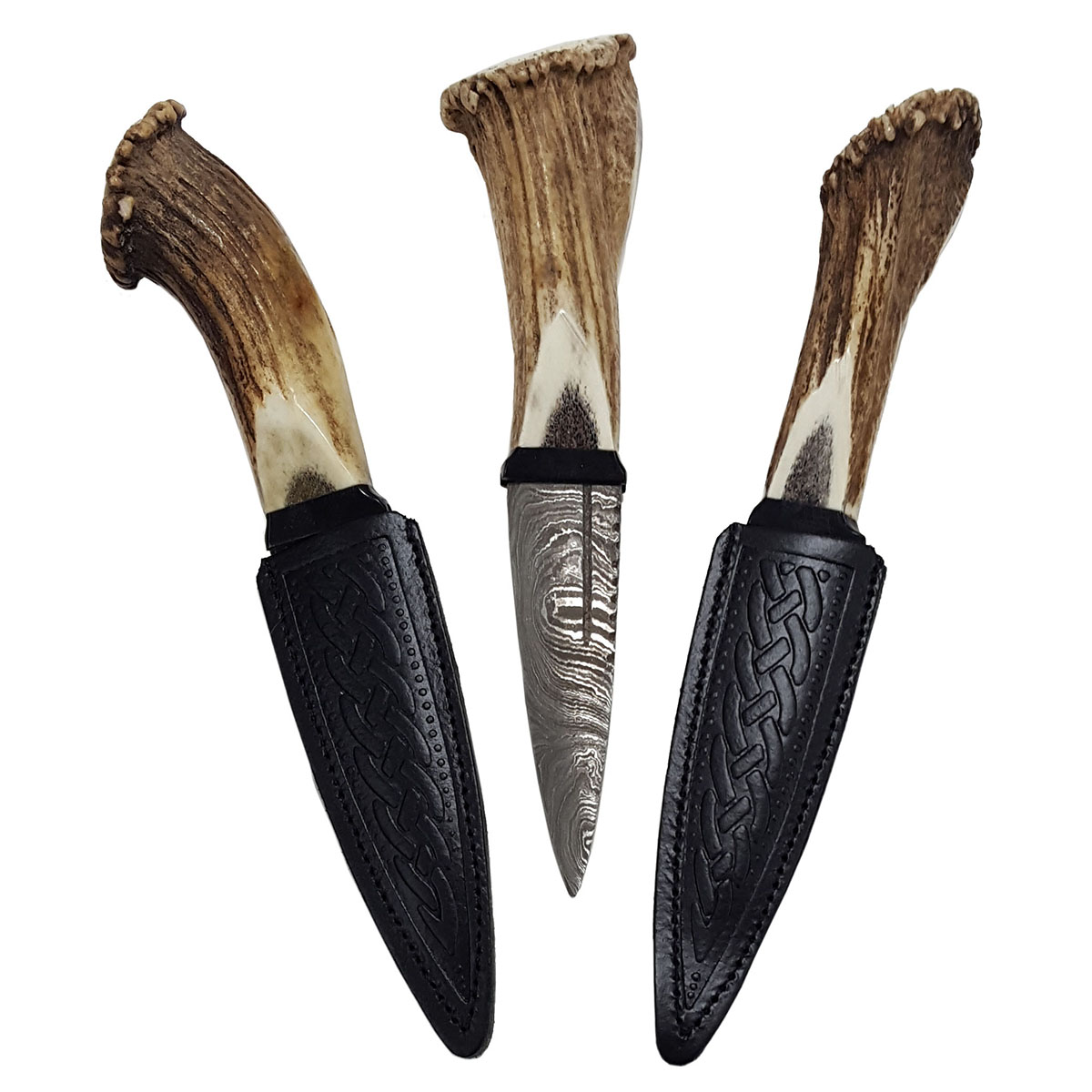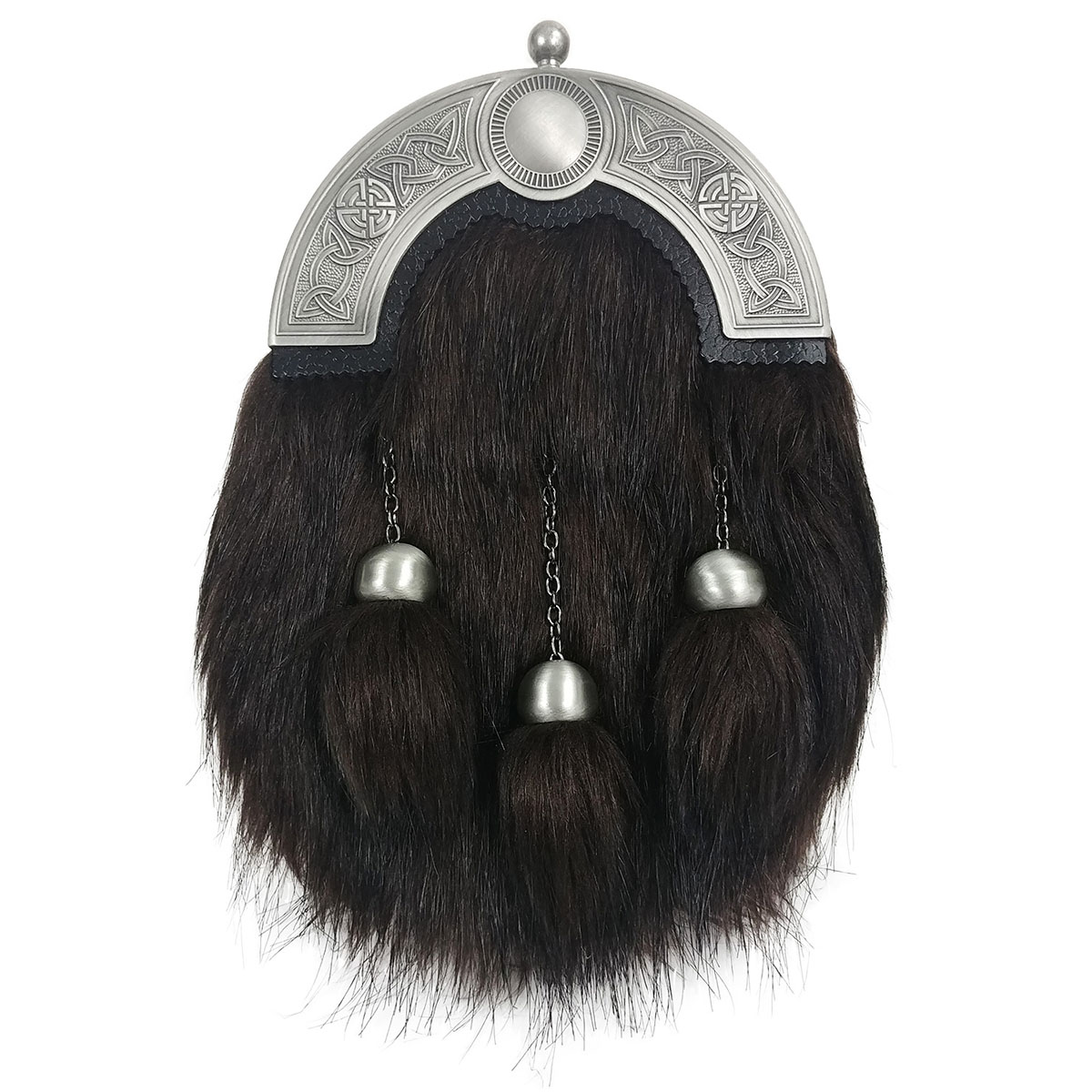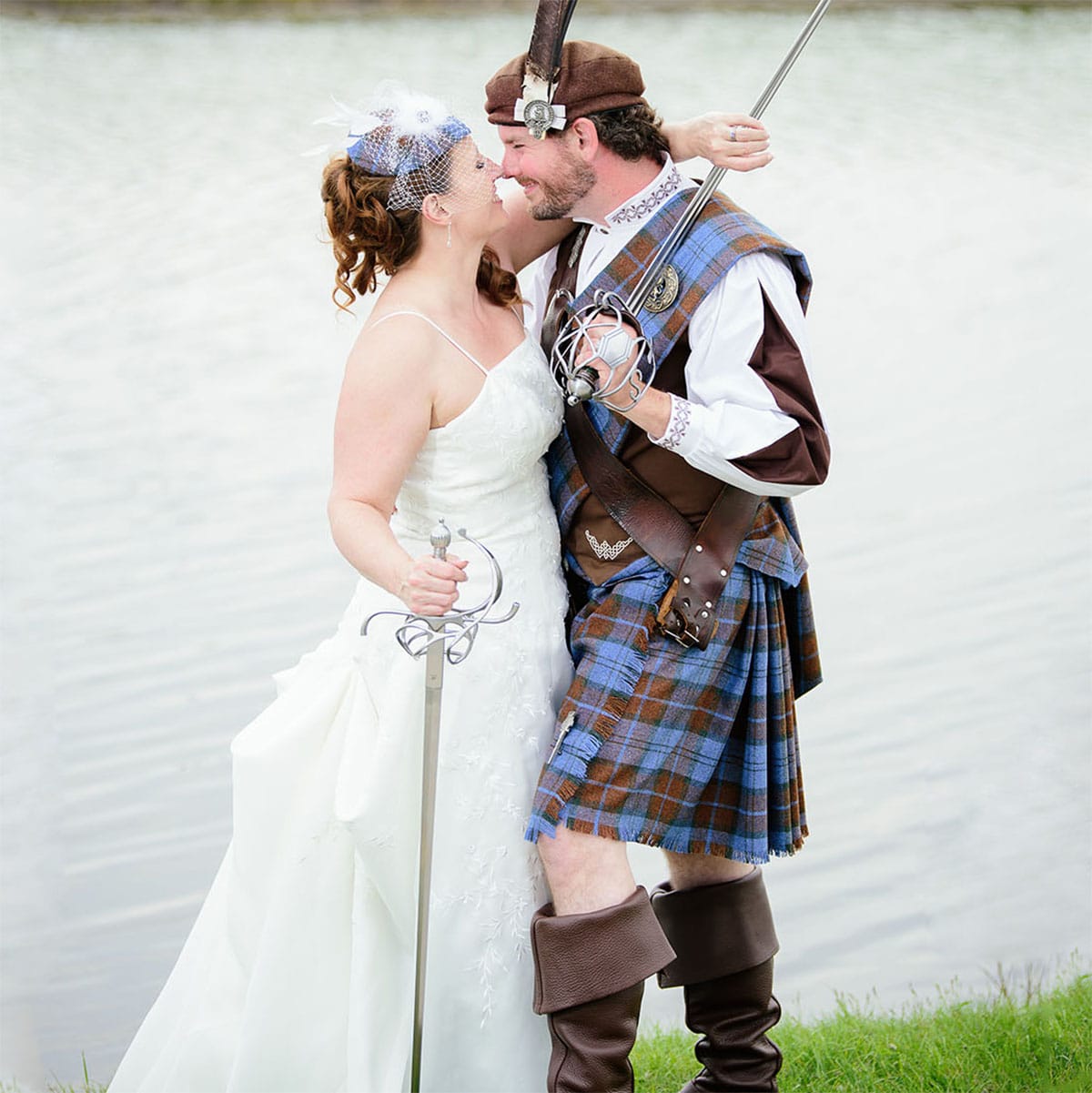Blast from the Past, Originally published January 2001
Vikings: We’ll have none of that sort of thing, here…
Vikings
Owning a company that deals in Celtic & Viking Merchandise we attend a variety of themed events: some Irish, some Scottish, a Viking faire or two and of course the renaissance and historical reenactment related; and I’ve got to say that it never fails. We always have at least one person say something that resembles this: “What’s with all this Scottish stuff? I thought this was an Irish Thing?” or “Thor’s Hammer? What’s the nerve bringing all this Viking paraphernalia to a Scottish event?” (This would, of course, be said by a McDonald or a Sinclair, etc.)
Well, I hate to burst anyone’s bubble, but those beloved categories that everyone is so fond of using are not necessarily so accurate.
In 550AD Celtic peoples heavily populated the islands now known as the British Isles. The mainland (modern Scotland, Ireland and England) had a higher concentration and if you moved towards the north, especially the islands (Orkney, Shetland, Man, etc), you would find a high concentration of Picts. About 50 years later things started to change dramatically. Families from Norway began to move West in search of better prospects, many looking for good land to farm and settle on. They began with Shetland, an archipelago which is about halfway between Scotland and Norway, but soon moved on to Orkney, Faroe, and they kept on until the Norsemen laid claim to all of the northern and Western Isles as well as a good part of Ireland. These people became known as Vikings.
Originally those who moved west were of noble or gentry blood. Good farmland was getting hard to find and an adventurous spirit had crept into the people, especially the younger generation. So, when Sven’s son Karl was married to Gunhild Hansdatter, it would be decided that-instead of trying to squeeze themselves on to Sven’s west 40 -they would be given a boat filled with seeds, the best farming equipment, furniture, etc. and they would head west to Shetland where they would set up a farmstead.
There is no hard documentation of how the Picts and Celts felt about these newcomers, however, from what is known, some things can be surmised.
1-Both Pict and Celt had a nomadic style of life. They may have stuck to a certain area, but they moved around quite a bit in that area and new faces weren’t that unusual.
2-It was not unusual for the time period or the culture to have a new ruling power come in and take control. The Norse weren’t really as interested in total domination as they were in just finding a nice place to live. Once it was established that they had won the battle, they were perfectly happy with letting the “natives” continue on as before.
3-In addition to the “live and let live” policy, the Norsemen did have children and those children were not sent back to Norway to find a spouse. There was also no ethnic problem with Norsemen marrying Celts or Picts and this happened often. Sometimes it was even encouraged if it was obvious that the marriage would align two clans. Also, when the word got around Norway of the good life to be had on the Western Isles, men set out to seek their fortune. Most of these were unmarried and Viking Sagas often speak of the beautiful Celtic women.
4-The Norseman, now Vikings, did have a clan system. This most likely evolved from the “House” system, i. e. House of Angusson, and became the preferred method of society when the Norse became influenced by the Celts.
At this point, some of you may be scratching your heads in wonder. “This isn’t the picture I conjure in my mind when I think of ‘Viking'”, you may say. In truth, the Vikings could be ruthless when needed to be. The mentality of the islands was definitely different than that of the
Highlands or of Norway. The islanders and coastal dwellers lived a life surrounded by the sea. The first Viking settlers were farmers, but eventually the islands were also populated with adventurers and some fortune seekers. The islands were their home, but the sea was their
commerce and career.
By the mid-800s, the Vikings had established Dublin. They had also become one of the most feared groups of people in the Northern Hemisphere. The first Vikings would farm in the summer and then set off after the harvest for a raiding voyage. It began close to home, just far enough to be considered out of Viking or Clan territory.
Eventually life on the islands changed. The climate shifted colder, the topsoil eroded and the sea rose leaving less viable farmland. At the same time, the call-of-the-sea was heard in many a young man’s ears, especially to one that was no longer needed for farming. The part time
raider mentality soon turned into more of a full time calling. Young men would leave in the summer as a part of a longship crew. They would return home in the fall, often richer than before. There is considerable archeological evidence that they soon traveled as far away as the
Americas.
One day, one of the crew may meet a girl and come to an understanding. He would have quite a fortune built up from the raiding parties and could now support a family. He would settle on a plot of land, the longship voyages a thing of the past. He would raise a family and his sons would grow up and most likely go off to sea as a Viking raider.
Today when we think of Scots we think of kilts and tartan. When we think of Irish, we think of shamrocks and claddagh rings. And who are the Scots, why they live in Scotland of course. And who are the Irish, why they live in Ireland. What we don’t realize is that what is now Northern
Scotland and the Scottish Isles, what is now Dublin and northeastern Ireland, was once controlled and heavily populated by Vikings. Vikings who intermarried with the Celts and called these places their home.
Contrary to popular belief, these Vikings did not call Norway their home. They were the Lords of the Isles. Their forefathers came from Norway and they still had relatives there. Because of this they were usually on friendly terms with the Norwegian throne, but the islands were their home and they thought of themselves as the rulers thereon.
One fairly large item of note is that, despite the struggle for power among the clans, the general consensus among the Islanders was that they were in control of the islands. Scotland, or Norway or someone else could lay all the “official” claim to the islands that they wanted, but
it was the Earls who had home rule. It is unclear exactly how strongly this sentiment was felt in Ireland. Viking rule received the most antagonism from the Irish. Dublin was officially taken from the Vikings in 1014 by the Irish Chief Brian Boru. If you speak to the Irish of today the response is usually “Good by and good riddance”. However, I am not sure how much of that is more of a modern nationalism and how much is fact. An interesting thing to note here is that, just off the coast of Ireland, between there and Scotland, lies the Isle of Man which to this day has retained much of its independence and strong Viking characteristics-and proud of it too. An island so close to Dublin retaining such an attitude is at least suggestive, if nothing else.
The Vikings, however, did not hesitate to play sides when it suited them. The Earls of the Islands, or clan chiefs, were often of mixed blood: both Norwegian and Celt/Scot, so it was easy for them to make an appeal to Scotland or Norway, which ever they deemed to have the most
ability and likelihood to help. But, if the truth be known, most Islanders would rather have had the Norwegians with the “official” sign hanging on their door. The Noble Scots were usually a little too much in league with the English and the common Scots were just a little to
barbaric.
When the Danes took over Norway the strength of the Norwegian government declined. The King of Norway mortgaged the islands to repay his debt to the Scottish King in 1469. The islanders always assumed that eventually the Islands would be returned to Norway and in any event, it didn’t matter too much as long as they were able to maintain home rule. Of
course the islands were never returned and the Scots eventually usurped power from the Earls, followed by the English when they ceded Scotland in to the Empire.
And now the Scots live in Scotland and the Irish live in Ireland and the Vikings were Norwegian and there is no crossover. Try telling that to a Shetlander.
Scottish Isles
West Over Sea, by John Leirfall (Out of Print)
https://www.orkneyjar.com/orkney/index.html
https://www.shetlandmuseumandarchives.org.uk/
History of Ireland
https://www.geocities.com/Heartland/Park/6748/ancient.html
Vikings
https://www.regia.org/viking3.htm
Clan Relations
The Feuds of the Clans: Highland Families in Conflict 1307 – 1619, by: Alexander MacGregor (Out of Print)
The above information is recommended for informative purposes and is not meant to express opinion or scholarly correctness.
